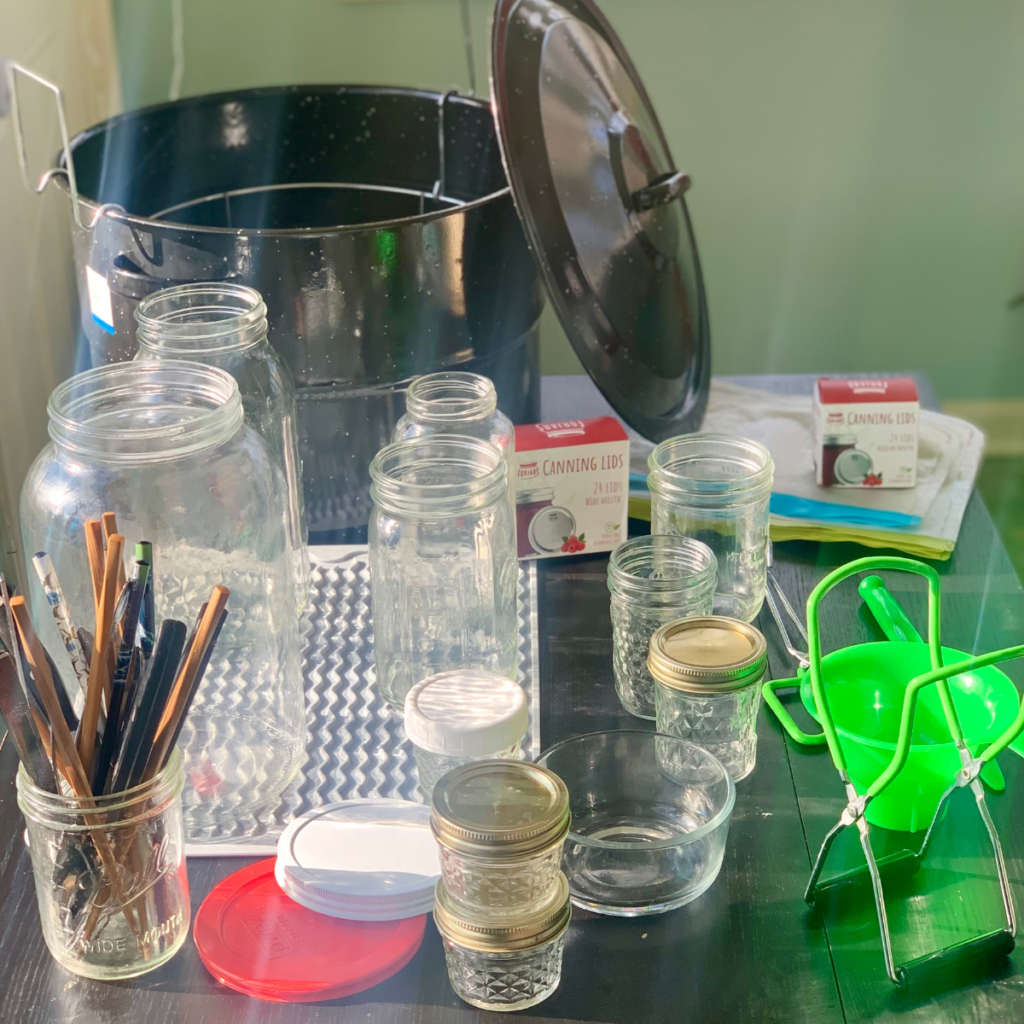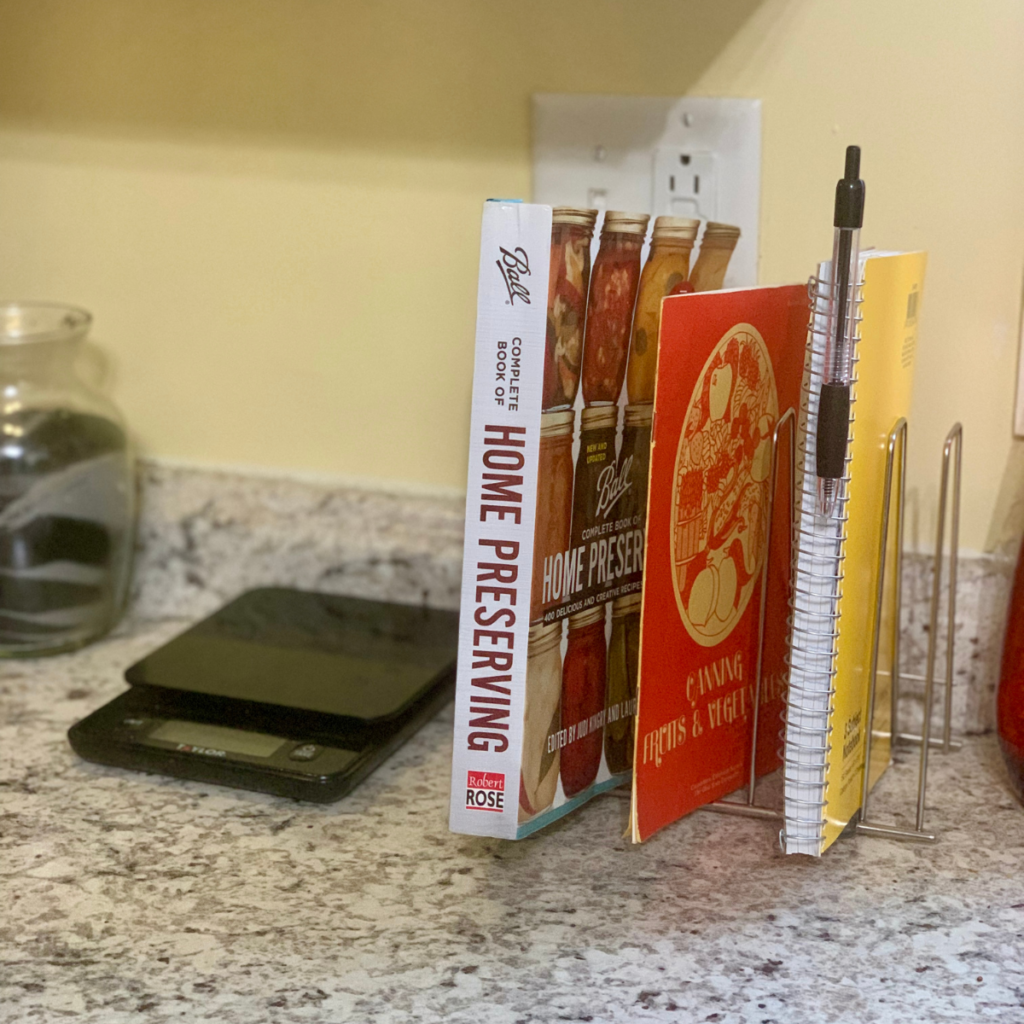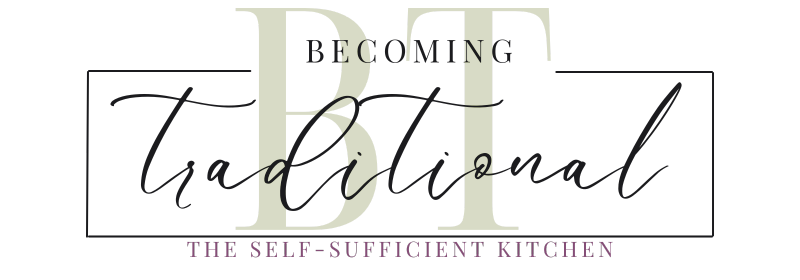Mastering the art of preserving food at home can be a rewarding experience. It is after all, how we build a stronger food security blanket & ensure these valuable life skills are passed down to the next generation. However, it requires attention to detail & an understanding of some common food preservation mistakes. If you know them when you see them, you can avoid them & be sure your efforts result in delicious & safe foods every time.
This post may contain affiliate links. As an Amazon Associate I earn commissions from qualifying purchases made through links on this post at no extra cost to you. Click here to read my full disclosure.
3 Ways to Avoid These Food Preservation Mistakes
Listen, we all make mistakes. And that’s where some of these stem from! So learn from me & others who’ve been here & you’ll be ahead of the curve.
By recognizing & proactively addressing these avoidable mistakes is fundamental to food preservation skills & what allows you to enjoy the fruits of your labor for months to come. I’ll point out a handful of the most common food preservation mistakes then give you some tips to keep things straight at home.
First, let’s talk about how all these mistakes are avoidable.
- Understand Proper Techniques: Many food preservation mistakes stem from a lack of understanding of the proper techniques involved. If you familiarize yourself with tried-and-true methods & safety guidelines, you can confidently navigate preserving food at home with success.
- Attention to Detail: Simple oversights will compromise the quality & safety of preserved foods. So by paying close attention to each step in the food preservation process, you’ll mitigate the risk of spoilage. That ensures the lifespan of your preserved goods – which is what we want.
- Learning from Experience: Sometimes things still happen. Learning from the experiences of others & leveraging that plus the wealth of knowledge available everywhere will help you avoid common pitfalls. Educate yourself on best practices & seek guidance from trusted sources.
Food Preservation Mistakes around Planning & Preparation
1. Using Incorrect Equipment
Different preservation methods require specific equipment. And using incorrect or damaged equipment can compromise the safety and quality of preserved foods. If you’re uncertain which equipment you need, consult the recipe or guidelines you’re using for that specific task.
Using the right equipment is crucial at various stages of the food preservation process & in all cases it ensures the safety, quality & longevity of the preserved food. Appropriate equipment matters when it comes to:
Sterilization and Sanitation: Countertops, utensils, canning jars & lids must all be thoroughly sanitized before use to eliminate harmful bacteria & pathogens & reduce the risk of contamination in storage.

Processing & Heat Distribution: When it comes to canning, there are pressure canners & water bath canners & they are two different things. Pressure canners like my Presto 23-qt canner ensure foods reach & maintain the required temperature for low-acid foods (like meat, some veggies), while water bath canners are suitable for high-acid foods (like tomatoes, most fruits). Use the right one at the right time for the right purpose & you’ll be alright. 🙂
Sealing & Storage: For canning, the right jars & lids is essential for achieving a proper seals. Glass jars with two-piece lids are commonly used for home canning because they create an airtight seal that prevents air & moisture from entering the jar. For freezer storage, using something like a Food Saver vacuum sealer helps maintain the quality & shelf life too.
Monitoring & Measurement: Food thermometers & pH meters or test strips are indispensable when you have critical parameters during the preservation process. If you’re unfamiliar with using pH probe or test strip, it measures the acidity level (or sourness) of foods. This is important for safe canning & fermentation.
Avoid This Mistake: Invest in quality, purpose-specific equipment for the tasks you perform. Regularly inspect & replace any damaged or worn-out items for best results.
These are the 20 most essential kitchen tools I use for everything from basic cooking to food preservation to kitchen organization!
2. Neglecting Recipe Guidelines
I’m all about being a no textbook chef, but if you’re just starting out in the world of at home food preservation, it’s important to follow your recipes. Guidelines from authoritative sources like extension offices are carefully crafted to balance flavors & ensure safety.
There are teams & labs around the country that test these things over & over & over again so that home cooks can succeed even with no formal training. But deviating from recipe guidelines can lead to inconsistent results & potential safety hazards.
In this pocket of food preservation, you’ll find a group of people known as rebel canners. And alot of our grandparents & great-grandparents would be considered rebel canners by today’s standards I’m sure. These are people or untested recipes that may not follow protocol so to speak. My stance is that you do what you feel is safe & permissible for your family.
Follow common sense – if something looks, smells or feels bad – DON’T EAT IT.
Avoid This Mistake: Stick to approved recipes from reliable sources. Experimenting is great, but ensure any modifications are within safe parameters.
3. Ignoring Cleanliness
This should go without saying, but cleanliness is crucial in food preservation. It prevents the growth of harmful bacteria. And neglecting it can lead to spoiled or unsafe preserved foods. Inspect your food to be sure it’s worth preserving, because if it’s already on the road to destruction, you don’t want to chance it. This is going to be one of the easiest food preservation mistakes to avoid.
Avoid This Mistake: Always start with clean hands, utensils & surfaces. Sterilize jars & equipment before use. Inspect your food & thoroughly wash produce. Follow good hygiene practices throughout the process.
Food Preservation Mistakes around Processing & Timing
So you’ve stepped into the kitchen with a plan & the right gear. Now it’s time to get into it. But watch out for these mistakes that can cause you lots of heartache & wasted dollars/time!
4. Inconsistent Processing Times
Every food preservation method has specific processing times designed to destroy bacteria & ensure safety. Deviating from these times can compromise the quality & safety of the preserved food. The risk of this with a method like canning is that you don’t neutralize the spores that can cause botulism – a severe form of food poisoning. Read all about botulism here.
But other methods rely on specific processing times too.

Freezing – while it’s a relatively simple method of food preservation, it still requires attention to processing times, especially during blanching. Blanching is dipping food in boiling water or steam for a time to help preserve the color, flavor & texture before freezing.
Dehydration – this method removes moisture from food to inhibit the growth of microorganisms & enzymes (or catalysts) that cause spoiling. But getting dry takes time & specific temperatures to be successful.
Fermentation – a natural food preservation method suitable for beginners that relies on the growth of beneficial bacteria to produce lactic acid. This preserves the food & gives it that distinct tangy flavor. The fermentation process typically requires specific fermentation times and temperatures to achieve the desired level of acidity and flavor.
Pickling – another simple food preservation method, this one immerses food in a solution of vinegar, salt, & spices to create an acidic environment that inhibits the growth of little organisms whose life mission is to spoil your food. Over- or under-pickling can affect the safety, quality & flavor of your pickled foods.
Avoid This Mistake: Follow recipes & guidelines closely. Use a reliable timer or calendar/labeling system & stick to recommended processing times for canning, smoking, or any other preservation method. Take notes in your kitchen logbook of what works too!
5. Overlooking Altitude Adjustments
Altitude affects boiling points, drying times & temperatures. All this impacts the processing times required for safe preservation. Neglecting altitude adjustments can result in under-processed foods.
For example, your elevation (distance above sea level) can change drying times for dehydrating foods. At higher altitudes, the air is drier so moisture will evaporate more quickly meaning dehydration may occur faster than at lower altitudes. The altitude may also indirectly impact fermentation methods which can be influenced by variations in temperature & air pressure at different altitudes. So just keep an eye on those happy ferments. Even pickling can be affected since water boils at lower temperatures in higher altitudes.
Avoid This Mistake: Check your elevation (online, via an app or a typography map from the library) & adjust processing times accordingly. There’s usually guidance in recipes for doing this.
6. Neglecting Proper Sealing
Proper sealing is vital to prevent air & bacteria from entering preserved foods. This food preservation mistake can cause you to lose whole batches at a time. So spend a moment making sure lids are on straight, bags are fully sealed & containers are properly closed/latched. For home canned food check for a tight seal by pressing down on the center of the lid; it should not pop back.
Follow the recipes guidelines for troubleshooting if necessary. It’s possible you can reprocess it, but if not, you may be able to refrigerate it so long as you consume it within a few days.
Avoid This Mistake: Always check your seals or gaskets after any processing – especially for items intended for long-term pantry storage like canned foods, dry goods stored in containers or food-grade buckets & mylar bags seals.
Food Preservation Mistakes with Storage & Monitoring
7. Storing Foods Improperly
Even well-preserved foods can degrade if stored incorrectly. Exposure to light, temperature fluctuations, or improper storage containers can affect quality. Choose your storage containers & locations wisely. The death of great food is improper storage. Consider moisture, pests/rodents, pets and small children too. A loss due to these food preservation mistakes will be costly.
Improperly storing foods can lead to premature spoilage, flavor contamination & wasted ingredients. Foods left exposed to fluctuating temperatures & other storage conditions are susceptible to bacterial growth too. There are 5 important factors to consider when planning to preserve food at home. Space is one for sure. If your balcony is the only place you’re thinking of using, temperature swings might make it an uphill battle. On the other hand, if you don’t have shelf space to stock 15 quarts of home canned meat, consider another suitable location (or just cutting down to less jars).

This quick-view card was designed to help you think through the important pieces of planning a food preservation activity.
Avoid This Mistake: Store preserved foods in a cool, dark place, following recommended guidelines. Use airtight containers to prevent moisture & contaminants. Keep supplies like mylar bags & oxygen absorbers well stocked too.
8. Lack of proper organization & labeling
A lack of labeling & organization creates confusion & increases the likelihood of overlooking important signs of expiry. Time is always ticking, yeah? So it might be easy to skip the labeling & that’s why this is one of the sneaky food preservation mistakes you’ll encounter. Thinking, “I’ll do it later” usually only ends in forgetting to do it later, am I right? Ahahah
But clear labeling is one of several micro kitchen management systems. So is a well-organized pantry which will help you streamline meal prep, reduce food waste & enjoy a stress-free cooking experience.
Avoid This Mistake: Label your preserved foods at a minimum with the month & year, although best practice is to also include at least a basic identifier. This may be more important for items stored in Mylar bags, but it’s a great habit to get into.
By steering clear of these common mistakes, you’ll increase your success in home food preservation. So use safe practices & stay informed so you can grow your food security system now before you need to lean into it.
Learning how to spot these food preservation mistakes hopefully ensures that you’ll do things the right way from the get-go. And over time it will become second nature to you.
If you want to start reading up on this, here’s 50 books on food preservation & my thoughts on most. Enjoy.
You’ve got this lovely.

🌱 Start Small. Start Now. Start where you are with what you have. The rest will follow. 🌱

Is being more self-sufficient something you’re interested in but don’t know where to start?
The Self-Sufficient Roadmap is for you!
Designed it to eliminate some of the overwhelm, find out exactly where you are & what to look forward to next.

Leave a Reply